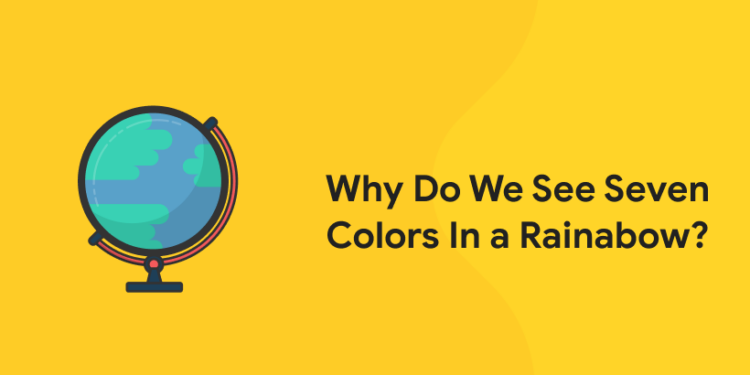Table of Contents
Rainbows are always a treat for the eyes. Be it young or old, all are equally fascinated by the sight of a rainbow. They are one of the most beautiful displays of nature.
A rainbow is a meteorological phenomenon that is caused by reflection, refraction and dispersion of light in water droplets resulting in a spectrum of light appearing in the sky. Rainbows are usually seen during a rainstorm. They appear when sunlight tries to make it’s way through rain clouds. It is an optical phenomenon that appears when sunlight and atmospheric conditions are just right. And to catch hold of this phenomenon, the viewer’s position too should be right. A full rainbow is actually a complete circle, but we see only a part of it. This is because of our position in the ground.
Entri app – The best learning and preparation app
How is Rainbow Formed?
Sunlight is a mixture of seven colors. When it passes through a glass prism, some of the light is refracted more than other. Thus the light leaving the prism spreads out into a continuous band of colors called a spectrum. Colors go from red, which is the least bent, through orange, yellow, green, blue and indigo all the way to violet, which is bent the most. In a similar manner, sunlight passing through drops of water too bend and spreads thus forming a rainbow. The raindrops act like miniature prisms, refracting or breaking sunlight into it’s component colors as well as reflecting it to produce the spectrum.
How Do We See a Rainbow?
A rainbow also depends on how a person views it. It depends on where one is standing and at what angle one is viewing it. We see a clear rainbow when the sun is positioned right behind us and reflects light at an angle of 42 degree.
Rainbows are actually full circles. We see only an arc because of our position at ground level. If we are in a plane and if sunlight hits at the right angle, we can see a full rainbow. The lower the sun is in the sky, the more of an arc of a rainbow will be visible. Rainbows appear a semi-circle only at sunrise or sunset, when the sun is exactly on the horizon. We might even be able to see a second rainbow above the main one in which the colors are in reverse order. The secondary rainbow forms at an angle of 51 degree angle from our shadow.
The Seven Colors of a Rainbow
There are seven colors in the rainbow in the following order: red, orange, yellow, green, blue, indigo and violet. The acronym ROY G BIV or VIBGYOR is usually used for the sequence of colors in a rainbow. Another easy way to remember them is a mnemonic – ‘Richard Of York Gave Battle In Vain’.
Sunlight is made up of lights or colors of many wavelengths. Some of those wavelengths get bent more than others when the light enters the water droplet. Violet (the shortest wavelength of visible light) bends the most while red (the longest wavelength of visible light) bends the least. So when the light exits the water droplet, it is separated into all its wavelengths. The light reflecting from the water droplet back to the observer, with the sunlight coming from behind him/her , will appear separated into all the colors of the rainbow. Violet will be on the bottom of the spectrum and red on the top.
The primary bow is due to light that enters the upper part of the drops and leaves after one internal reflection, so this bow is always brighter than the secondary bow where sunlight is reflected twice within raindrops.
It might be hard to believe, but it’s said that no two persons, even if standing side-by-side, can ever see the same rainbow. Wonder why? It’s because the raindrops are constantly moving so its appearance is always changing. As the eyes of two people cannot occupy the same place in space at the same time, each observer sees a different rainbow.
So the next time you spot a rainbow, remember it is a unique one!












